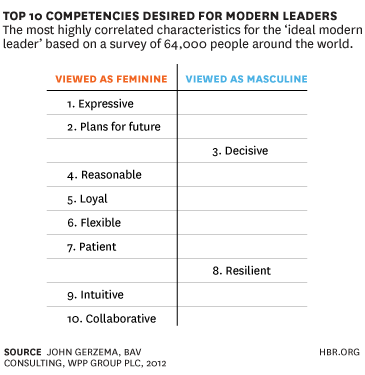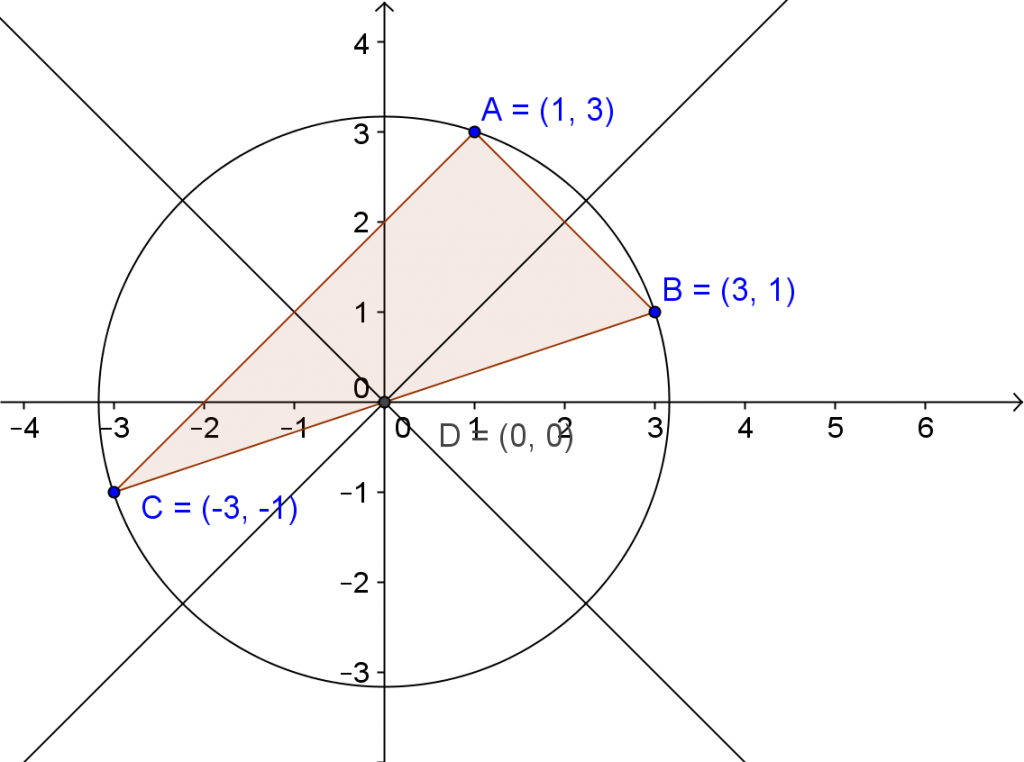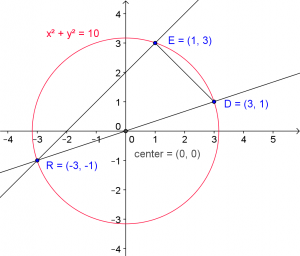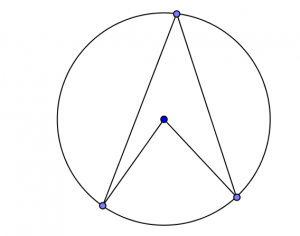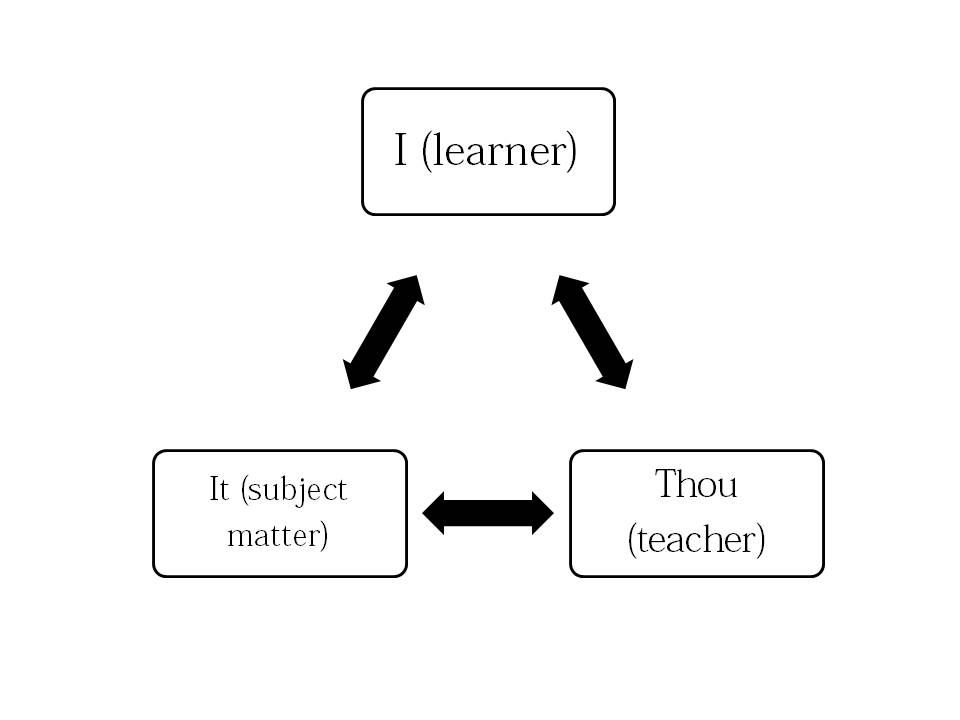About three years ago, I was invited to the great challenge of finding a way to teach Problem-Based Math online with a great school named Avenues: The World School, whose online school is called Avenues Online (AON). Little did I know then that COVID-19 would come in 2020 and the idea of online learning would be not only popular but necessary in this time of crisis.
Awhile ago, I wrote a blogpost about teaching with a relational pedagogy with technology, as it is something that has been on my mind for a long time. When we started the pilot of AON, one of my first challenges was to find a way for students to interact that somehow mimicked the classroom process and community of discourse and interaction that a Relational PBL classroom has. In the past, I had experimented with the wonderful app called Voicethread that allowed students to have threaded discussions about problems with video, audio, text and drawing. I had students try to have conversations before we came to class about some problems they were grappling with. Here is an example of one of those voicethreads:
Of course, this was always followed by a class the next day, so we could follow up on students’s questions and comments. After I did this small experiment, I did a survey of the students in my classes:


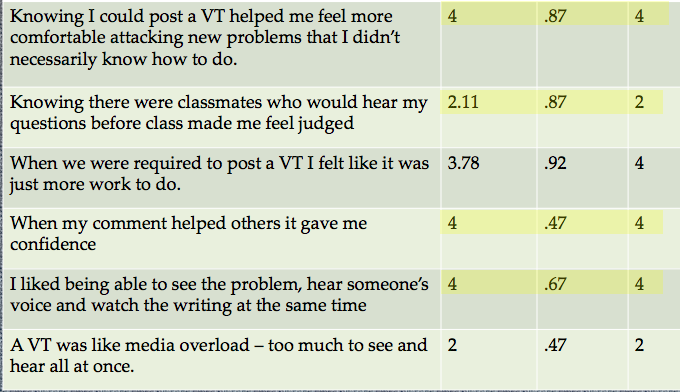
I think what I learned from this experiment was that using an app or interface that allowed for some type of interaction where students could hear, see and interact with each other helped them feel more heard, not judged, and more confident in their learning and discussion. They also did not feel like it was media overload, which was not surprising for this generation for sure.
This experiment helped inform the work I did with AON of course. There was no work that was F2F at all since this school is totally online. The coursework for other disciplines were split into World and STEAM, which are totally project-based (to learn more click the AON link above). But we kept math separate, in what we called the Math Inquiry Program, in order to make sure that the materials were consistently covered in a problem-based way.
The next question is, how do we get students in an online environment to have those relational interactions that were important to the students that used Voicethread? Clearly, it was seeing, hearing, interacting and being able to read each other’s work.
My ideas came to fruition with the amazing help of some exceptionally talented developers in our R&D team. We are lucky to have an interface now that allows for students to see, hear, write and watch each other write while discussing problems. The interface looks like this:
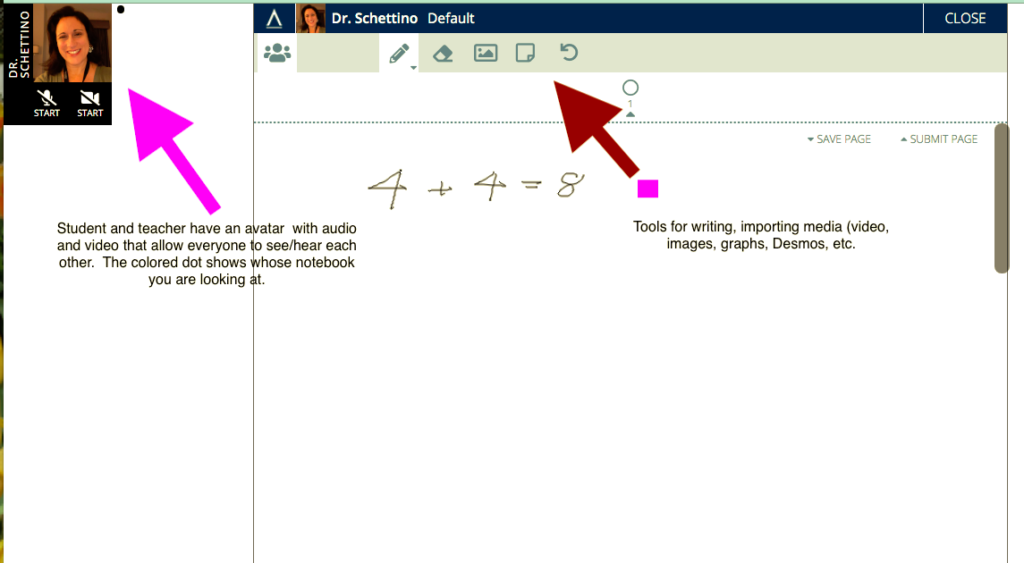
We have it to be very effective for interaction between students and teachers and to allow for collaborative problem solving. Is it perfect? Not quite, there is much that needs to be done, including teacher training and improvement in bandwidth needed for the video, audio and writing capabilities.
Here is a 5-minute video of a small cohort of 7th graders discussing a Mathalicious problem that you may be familiar with. It shows some of the ability of the interface and the ways in which students and teachers can interact in real-time.
The most important piece of teaching online with PBL is attempting to keep the relationships together – student-student, student-teacher and student-material. Keeping students involved in metcognitive activities – writing, making videos about their ideas, interacting with each other – this is what will pay off in the long run. It’s not something we are going to create in the next month or so, but if we keep in mind the relational aspects of learning, we may come out of this crisis with the strong connections we always had with our students.



